Learn the secrets of conducting July Fourth’s most iconic song
There isn’t an American holiday more tied to a masterpiece of music than the Fourth of July is to Tchaikovsky’s “1812 Overture.” Da dum, da dum, da, da, da dum, da, da. BOOM! Watching fireworks is pretty, but watching fireworks while listening to a full orchestra playing the “1812 Overture” is a full-sensory experience.
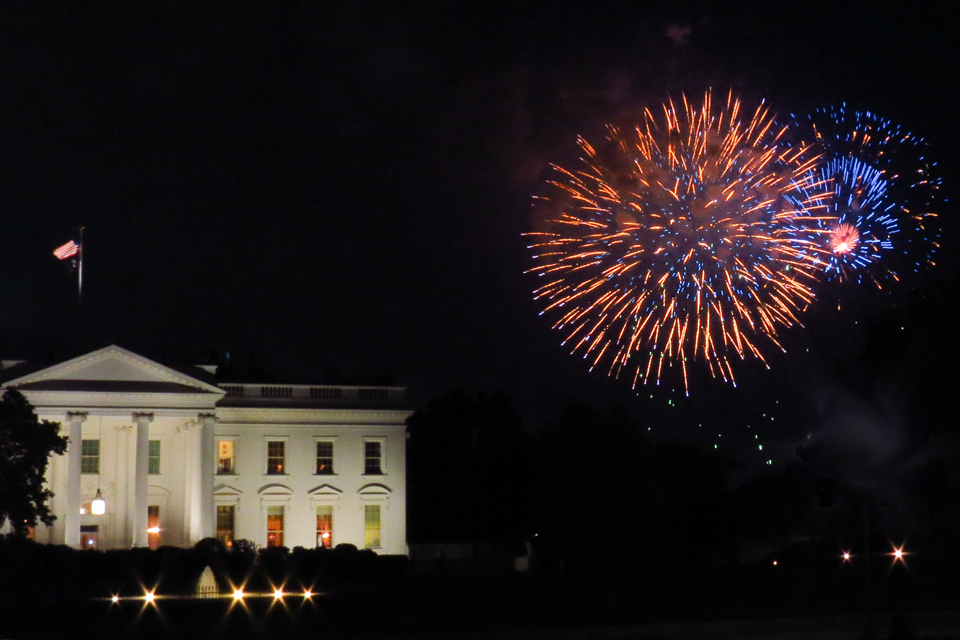
All across America, Independence Day celebrations end with Tchaikovsky’s “1812 Overture” that includes cannon fire.
Knowing the history of the work, you wouldn’t think the piece would become the quintessential theme song of the Independence Day holiday. It was written by a Russian composer who included big choral moments that feel like they came right out of a Russian Orthodox Church. He included pieces of Russian folksongs and the French national anthem. And it is about a battle The United States wasn’t involved in.
True, the “1812 Overture” is about the Battle of Borodino between the French and the Russians – not the War of 1812 between the U.S. and the United Kingdom. But Americans love it because the piece has everything – sacred choral music, relentless driving strings, military rhythmic drums, jubilant bell ringing and victorious cannon firing.
It’s the universal theme of overcoming adversity especially in that last coda that makes you feel like you’ve vanquished the enemy. It is not a frothy, easy, cotton-candy win. It is something you had to struggle through, fight for and dig from out of a hole that exists in the first chorale to come through darkness into glorious light. It’s so quirky, yet so iconic.
Christopher Lees,Orchestral Conductingfaculty
“It’s the universal theme of overcoming adversity,” says UNCSA Conducting faculty Christopher Lees, “especially in that last coda that makes you feel like you’ve vanquished the enemy. It is not a frothy, easy, cotton-candy win. It is something you had to struggle through, fight for and dig from out of a hole that exists in the first chorale to come through darkness into glorious light. It’s so quirky, yet so iconic.”
Lees has conducted Tchaikovsky’s piece many times and he says it is always fun.
“It doesn’t matter if you are using real cannons or electronic keyboards with cannon sounds or, in one circumstance, giving the audience brown paper bags to blow up and make their own cannon sounds,” Lees says. “The audience engagement is celebratory. The fact is, it sounds glorious. When you have all these ears listening and all these eyes and mind and hands playing, it makes any holiday sound more electric. I get a lot of juice out of it as a conductor.”
So, is it hard to conduct?
“It’s a challenge to conduct,” he says, “because you have the full symphony orchestra, the cannons or the cannon sounds and all of these individuals who have come from all over the world who have gone through rigorous, intense, neurotically minute musical training to be excellent at what they do and then you put them in front of someone that doesn’t make a sound.”
The conductor’s role, Lees explains, is more than simply when to bring musicians in, the volume or the timing. As he tells his graduate students in the School of Music's Orchestral Conducting program, a conductor's role is to give some sense of magic – to express not just when and what happens but how something happens.
“It happens in the opening of the ‘1812 Overture’ with the singing,” Lees says. “In that beautiful cello viola chorale … is it smooth, lyrical, sung and full of breath and life and open? When the battle music begins, does that happen incisively with great driving force and with some sense of rhythmic vitality behind it?”
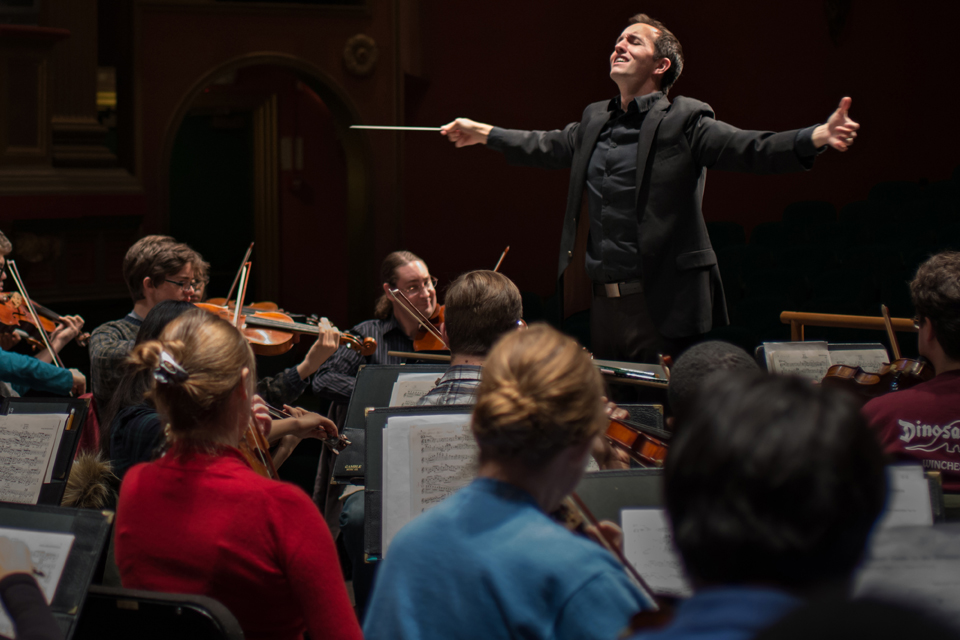
Christopher Lees conducting a rehearsal of the UNCSA Symphony Orchestra.
The big finale, where it seems the entire orchestra is playing at once, can be challenging. Let’s start with the cannons. First off, just blanks are used. No real cannon balls are harmed in this piece, but if real cannons are used, you’ll need help.
“People are following along with the score and they give the cue early enough for the fuse to light and travel to wherever the flint catches so it launches and the sound comes at the right moment,” Lees says. “You have to plan backwards a certain amount of time and that is why you have rehearsals to know how long this or that fuse is so you can line up the sound at the end of the piece.”
On a technical level of conducting, which is what Lees teaches at the University of North Carolina School of the Arts, you need to think about which muscle groups are engaged at any given moment. At the beginning of the “1812 Overture,” there are just four or five players so you might use smaller muscle groups: hands, fingers, finger joints, wrists. At the end, he says, it might be a full-body experience to convey the emotional, jubilant moment.
Anyone who is constantly on their phone thinks they are multi-tasking in a big way, but you haven't seen anything unless you’ve been on the box and tried to navigate all these big choruses.
Christopher Lees
“Anyone who is constantly their phone thinks they are multi-tasking in a big way, but you haven't seen anything unless you’ve been on the box and tried to navigate all these big choruses,” Lees says.
So, is it hard to play?
The “1812 Overture” is a masterpiece that takes extraordinary skill. It requires a lot of players to make the fullness of the piece come to life, says Lees. Tchaikovsky also asks a lot of different skills from each of the instruments – technical skills like double and triple tonguing for wind players or tremolo and spiccato for string players.
Double and triple tonguing is where the music calls for the musician to move their tongue very fast. It is easier to do on some wind instruments than on others. Tremolo, for string instruments, is when you move the bow very fast in an indistinct rhythm. Spiccato is when the bow leaves the string and bounces off to create space between notes.
“Yes it requires a certain scaffolded technical ability in order to get to a place where the emotional side can come out,” Lees says, adding that what UNCSA's School of Music does really well is in each studio, students have a chance to play masterpieces like this – and do a really great job. Students are also put on a trajectory to gain more technical ability and more facility in expressing what the technical ability enables.
“These are some of the neurotic specificities that makes this great piece come alive if only the players know how to do the details. The '1812 Overture' is a masterpiece worth hearing and thank God we get to every July Fourth.”
July 1, 2016
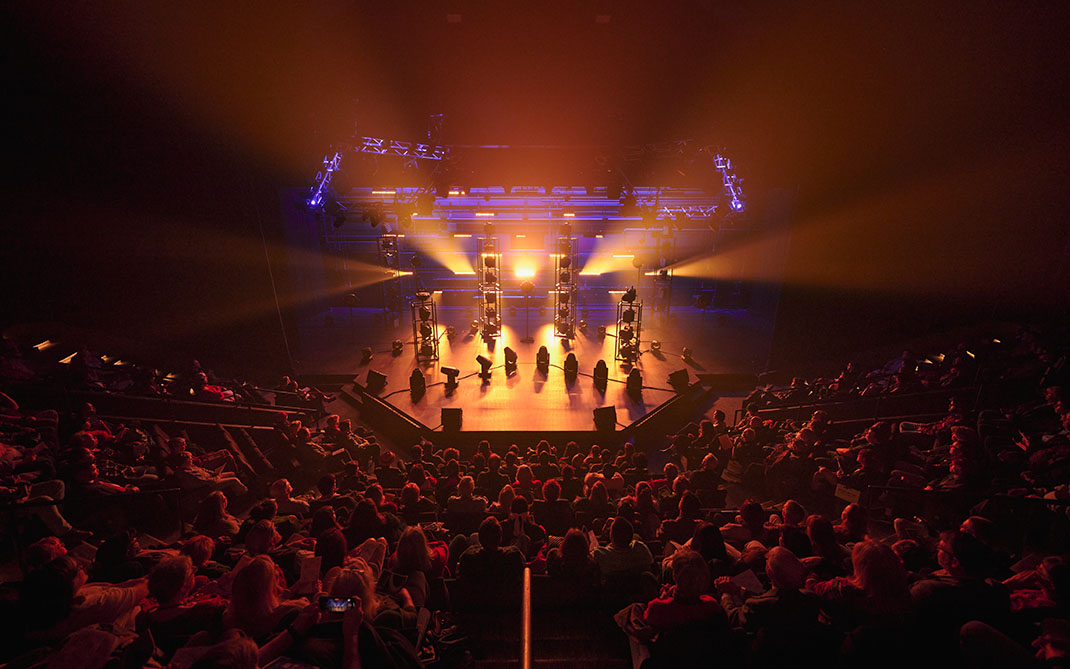

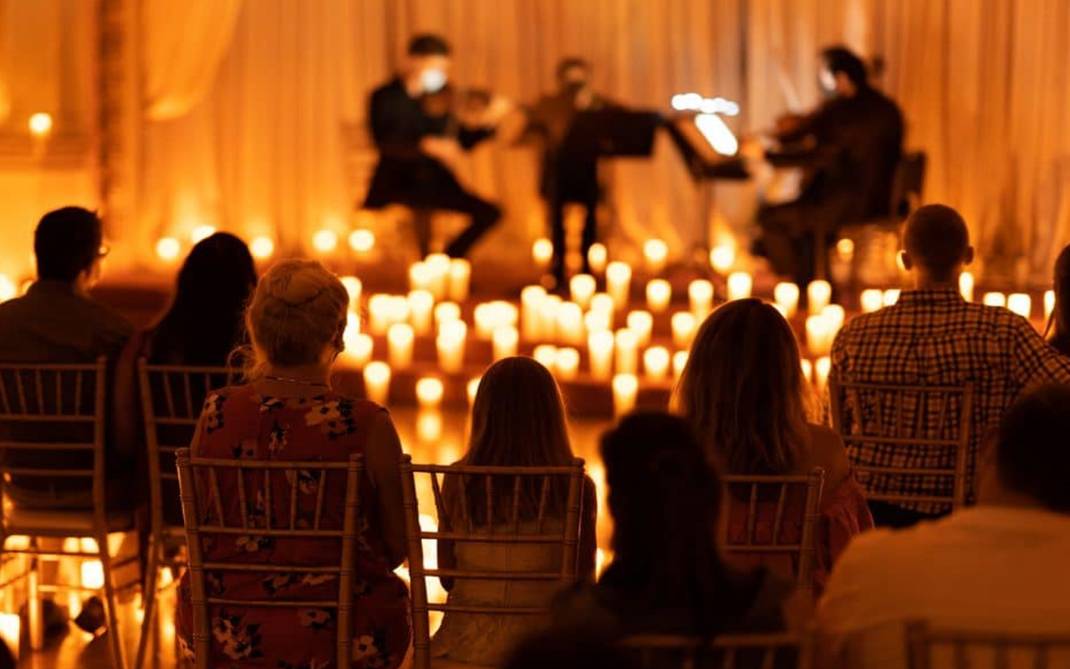
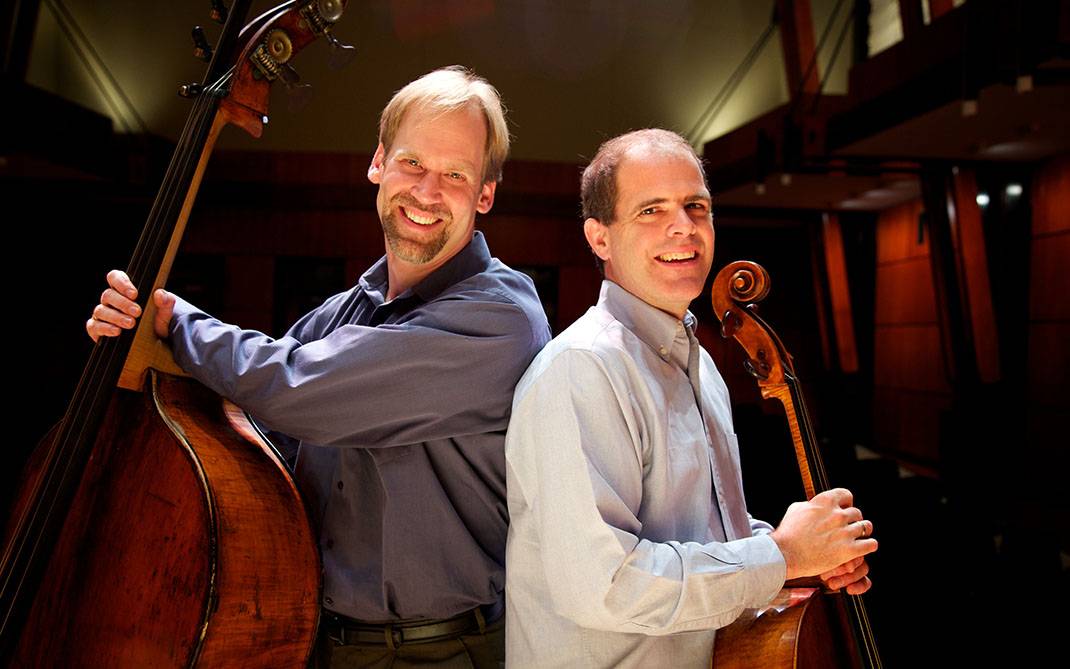
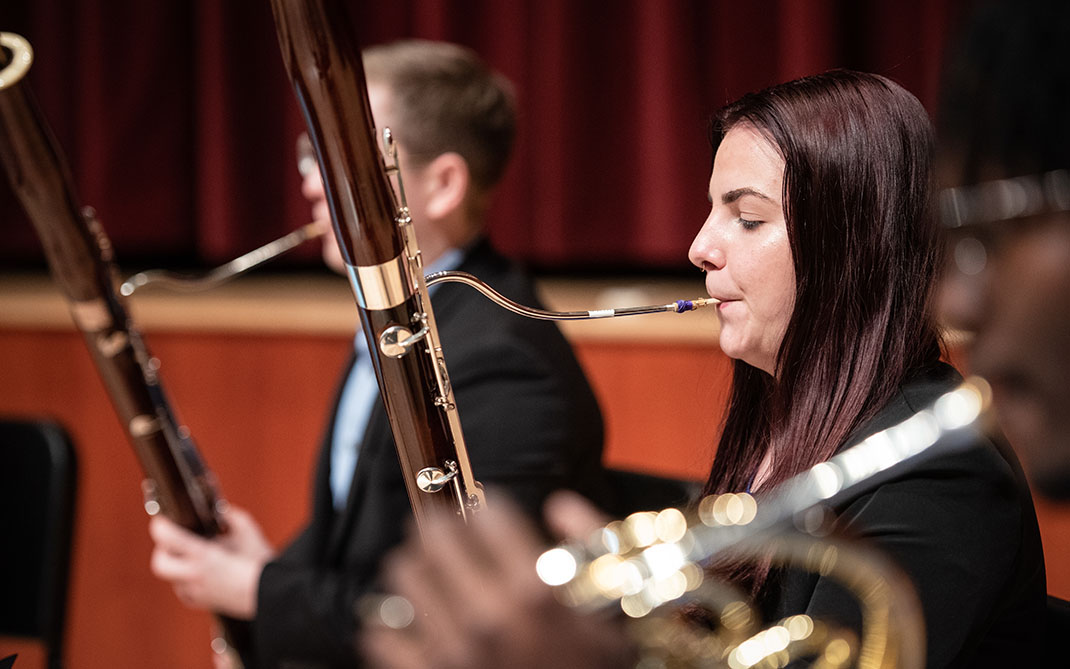

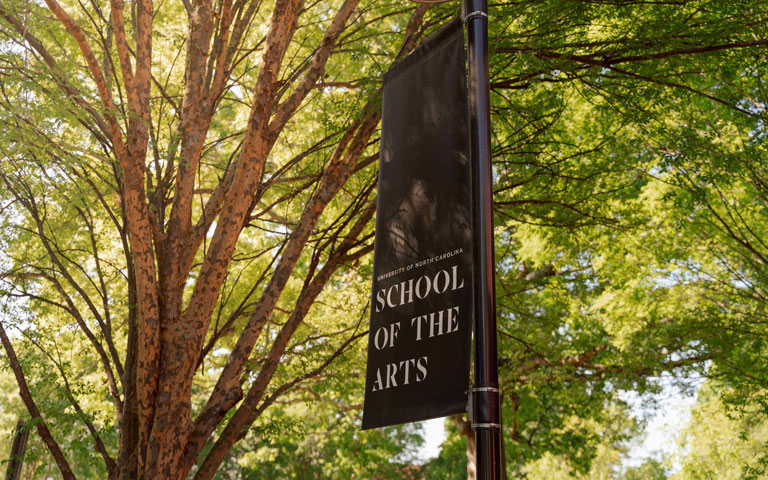 Five UNCSA High School students recognized by the YoungArts national competition
Five UNCSA High School students recognized by the YoungArts national competition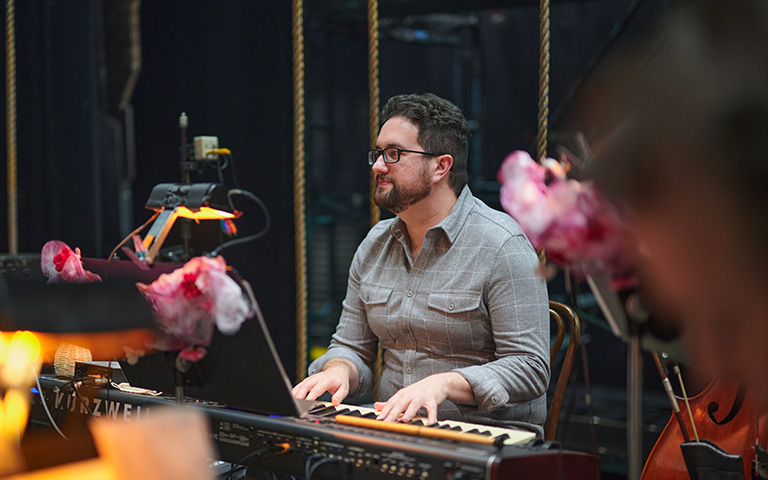 Chris Heckman orchestrates a new era for film music at UNCSA
Chris Heckman orchestrates a new era for film music at UNCSA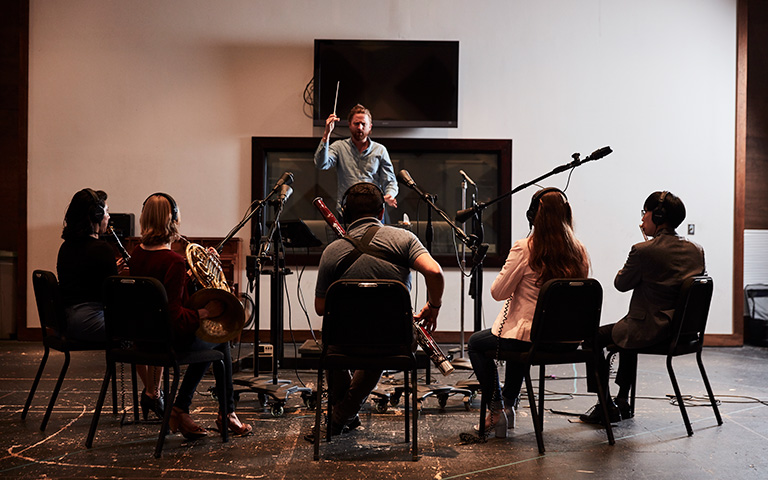 UNCSA film and music schools ranked by top industry publications
UNCSA film and music schools ranked by top industry publications